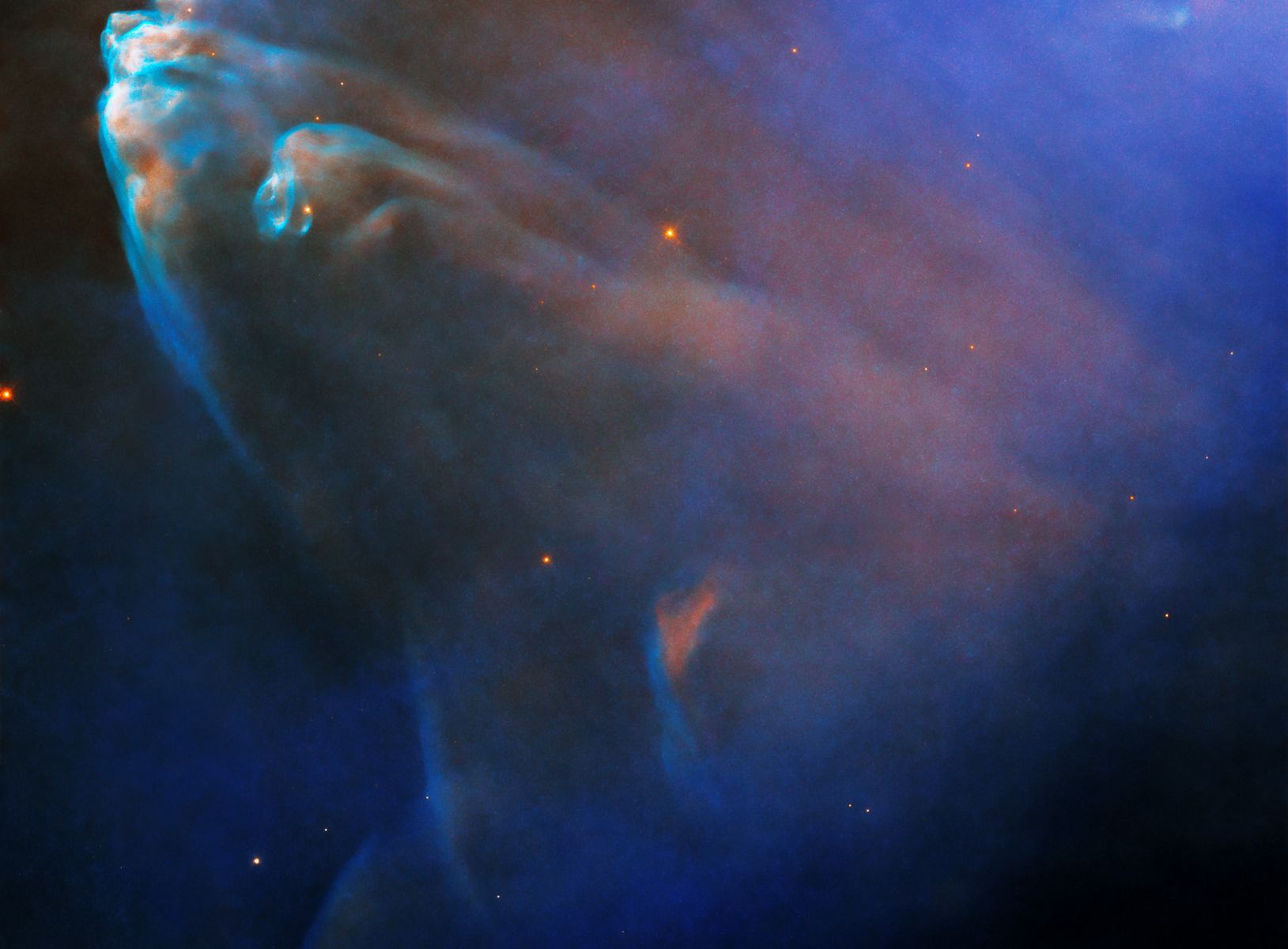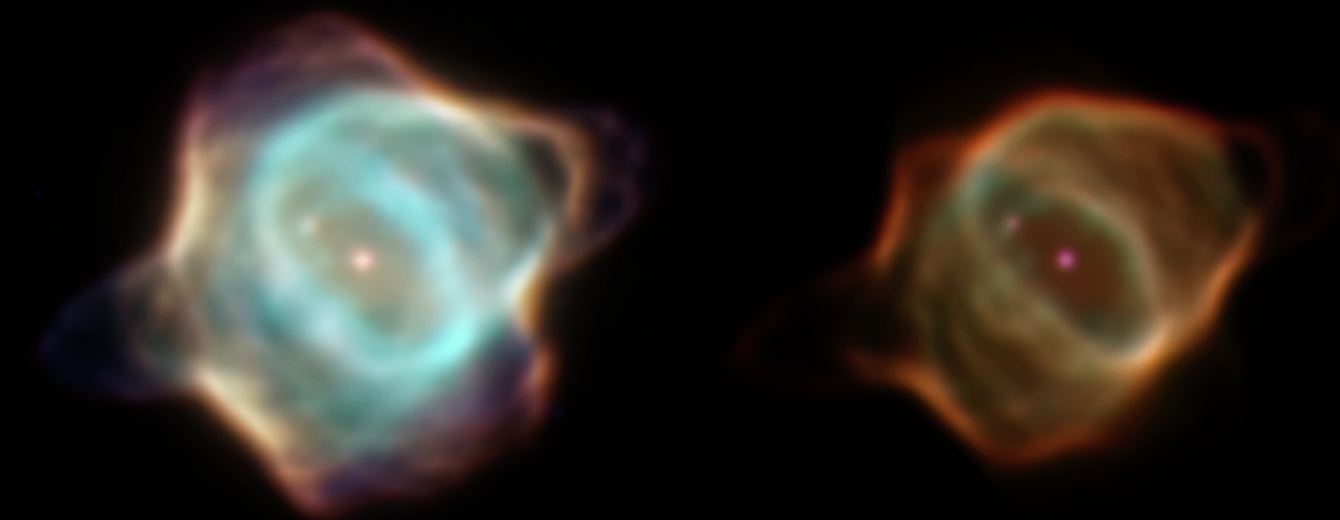Behold, the Herbig-Haro object known as HH45, captured by the Hubble Space Telescope (HST)! These objects are a rarely seen type of nebula made up of luminous clouds of dust and gas. These occur when newborn stars form within a nebula and eject hot gas, colliding with the surrounding gas and dust. The result is bright shock waves that look like mounded, luminous clouds in space!
Continue reading “Colliding Gases at the Heart of the Running Man Nebula”This is a Classic Example of a Reflection Nebula, Where the Reflected Light From Young Hot Stars Illuminates a Protostellar Cloud of Gas and Dust
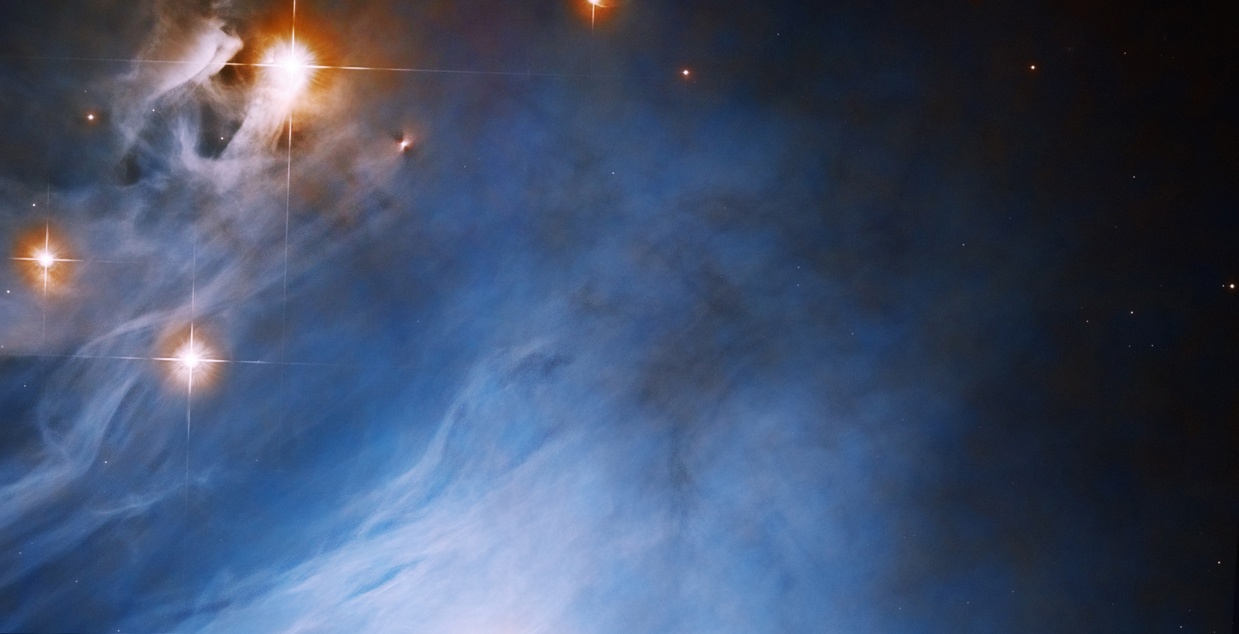
The interplay of energy and matter creates beautiful sights. Here on Earth, we enjoy rainbows, auroras, and sunsets and sunrises. But out in space, nature creates extraordinarily dazzling structures called nebulae that can span hundreds of light-years. Nebulae are probably the most beautiful objects out there.
While searching for young stars and their circumstellar disks, Hubble captured a classic reflection nebula.
Continue reading “This is a Classic Example of a Reflection Nebula, Where the Reflected Light From Young Hot Stars Illuminates a Protostellar Cloud of Gas and Dust”Apparently, This Nebula Looks Like Godzilla. Do you see it?

We’ve written often about how pareidolia — the human tendency to see faces or other features in random images — works its magic across the cosmos. There’s the famous face on Mars, Bigfoot on Mars, and even Han Solo on Mercury.
But now, just in time for Halloween, here’s a monster in a picture from the Spitzer Space Telescope. One astronomer sees Godzilla … or is it Cookie Monster?
Continue reading “Apparently, This Nebula Looks Like Godzilla. Do you see it?”Hubble Reveals the Final Stages of a Dying Star
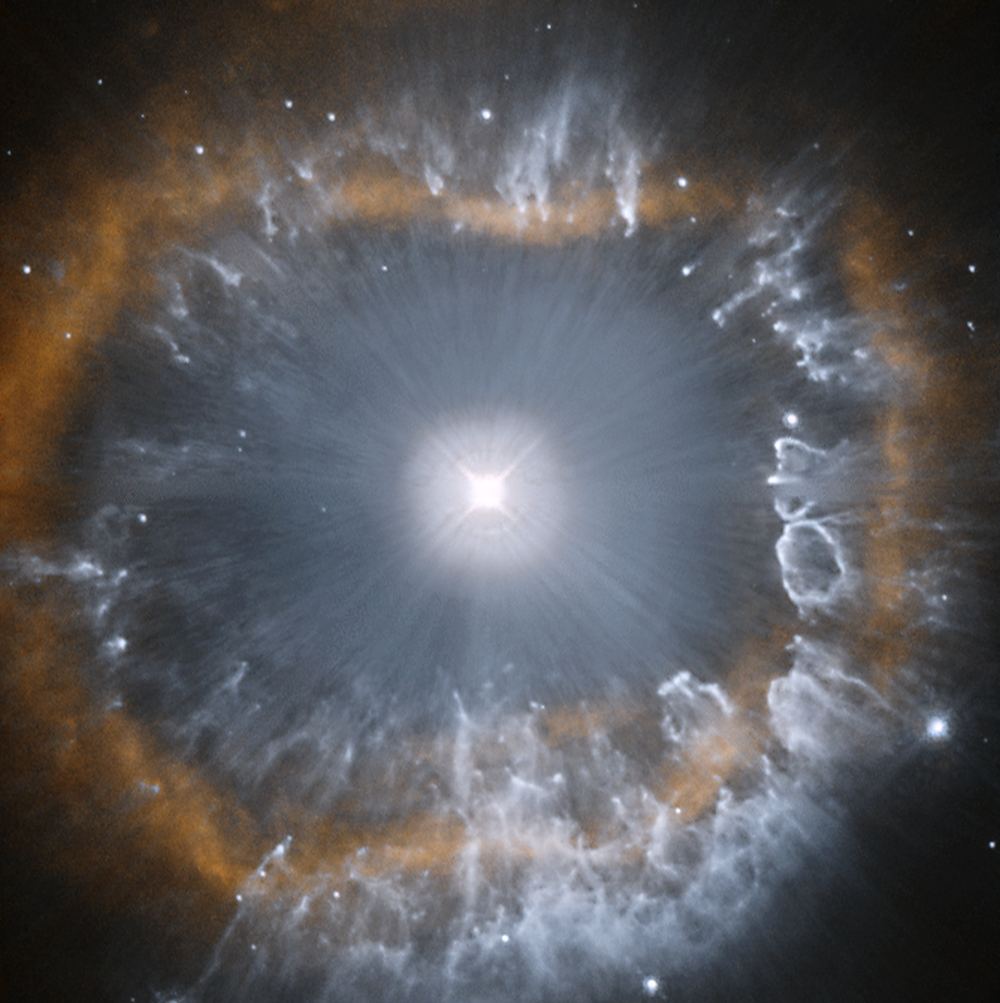
In April 2021 Hubble released its 31st-anniversary image. It’s a portrait of AG Carinae, one of the most luminous stars in the entire Milky Way. AG Carinae is in a reckless struggle with itself, periodically ejecting matter until it reaches stability sometime in the future.
Thanks to the Hubble, we get to watch the brilliant struggle.
Continue reading “Hubble Reveals the Final Stages of a Dying Star”Why do Planetary Nebulae Look the Way They Do?

Planetary nebulae are the most beautiful objects in the night sky. Their gossamer shells of gas are otherworldly and evocative. They captivate the eye, and viewers need no scientific knowledge to get drawn in.
How are they created, and why do they look so beautiful?
Continue reading “Why do Planetary Nebulae Look the Way They Do?”20 Years of Hubble Photos Show how the Stingray Nebula is Fading
The Stingray Nebula is the youngest known planetary nebula. For half a century astronomers have witnessed its formation, and now they’ve noticed something strange: it’s fading away.
Continue reading “20 Years of Hubble Photos Show how the Stingray Nebula is Fading”New Hubble Photos of Planetary Nebulae

Planetary nebulae are astronomy’s gateway drug. Their eye-catching forms make us wonder what process created them, and what else is going on up there in the night sky. They’re some of the most beautiful, ephemeral looking objects in all of nature.
The Hubble Space Telescope is responsible for many of our most gorgeous images of planetary nebulae. But the images are more than just engrossing eye candy. They’re documentation of a complex process that plays out over tens of thousands of years, all across the Universe.
And they’re a death knell for the star that dwells within.
Continue reading “New Hubble Photos of Planetary Nebulae”Here’s a New Planetary Nebula for Your Collection: CVMP 1
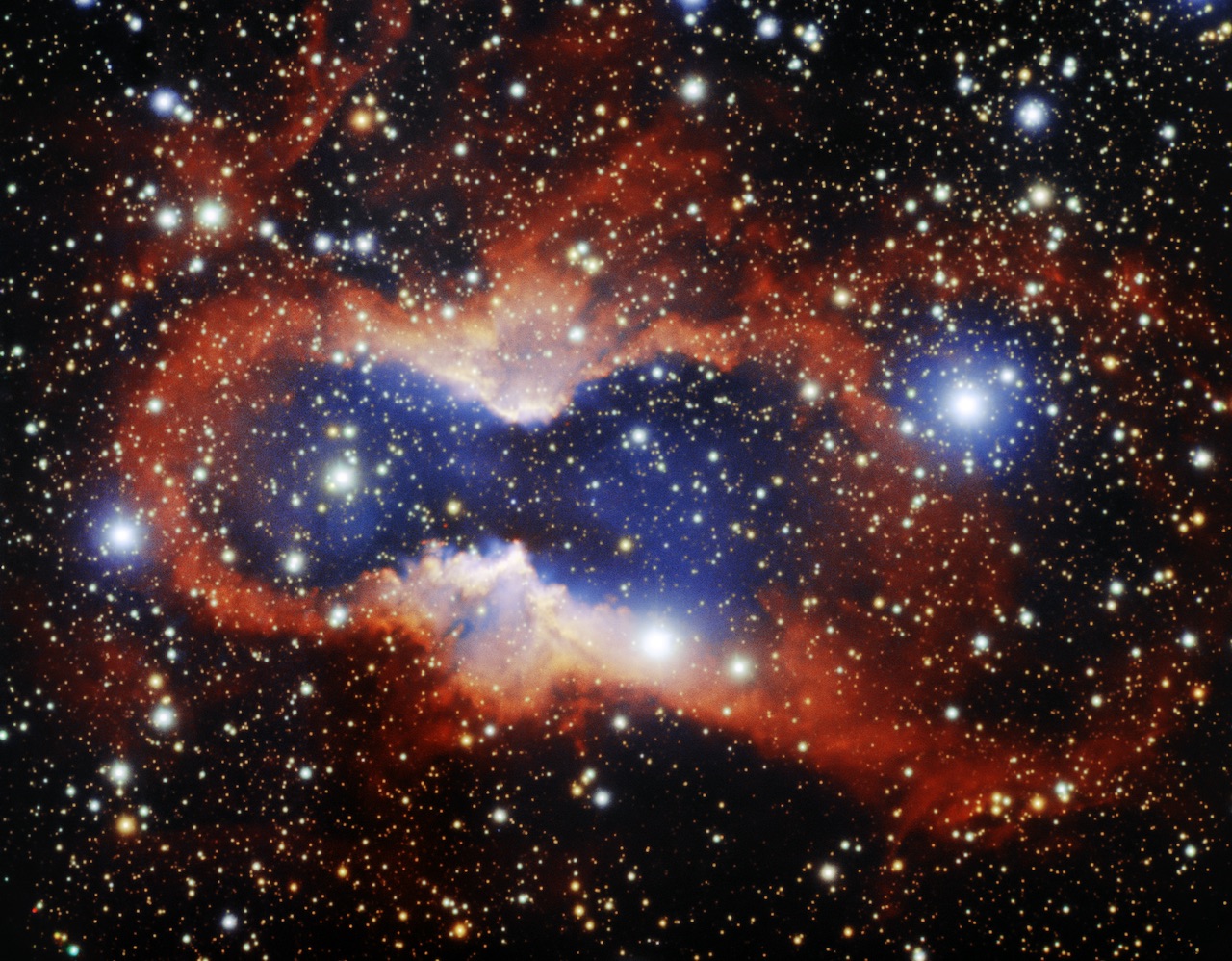
Some stars die a beautiful death, ejecting their outer layers of gas into space, then lighting it all up with their waning energy. When that happens, we get a nebula. Astronomers working with the Gemini Observatory just shared a new image of one of these spectacular objects.
Continue reading “Here’s a New Planetary Nebula for Your Collection: CVMP 1”New View of the Swan Nebula From NASA’s Airborne SOFIA Telescope
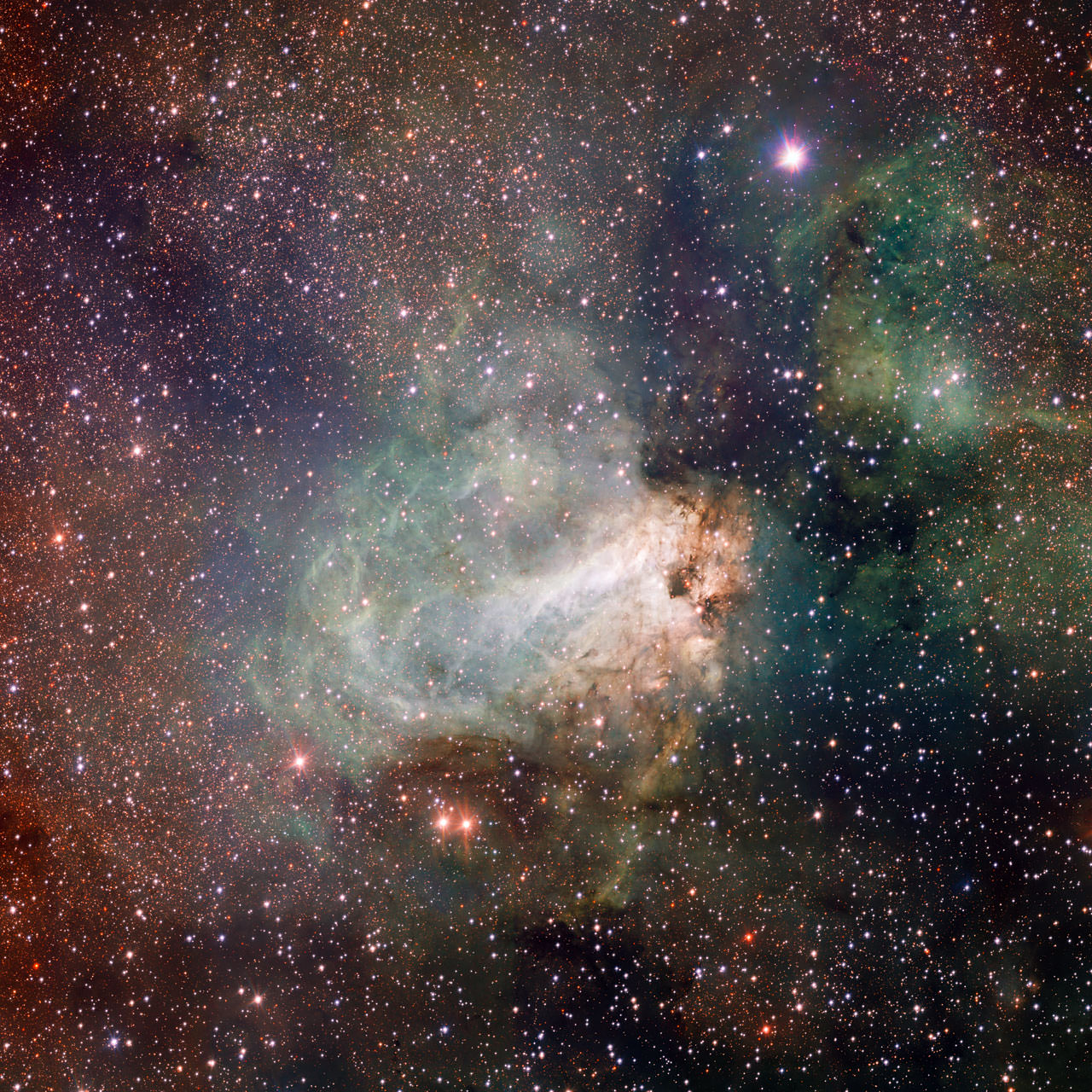
The Omega Nebula (Messier 17), also known as the Swan Nebula because of its distinct appearance, is one of the most well-known nebulas in our galaxy. Located about 5,500 light-years from Earth in the constellation Sagittarius, this nebula is also one of the brightest and most massive star-forming regions in the Milky Way. Unfortunately, nebulas are very difficult to study because of the way their clouds of dust and gas obscure their interiors.
For this reason, astronomers are forced to examine nebulas in the non-visible wavelength to get a better idea of their makeup. Using the Stratospheric Observatory for Infrared Astronomy (SOFIA), a team of NASA scientists recently observed the Swan Nebula in the infrared wavelength. What they found has revealed a great deal about how this nebula and stellar nursery evolved over time.
Continue reading “New View of the Swan Nebula From NASA’s Airborne SOFIA Telescope”This Star Has Reached the End of its Life
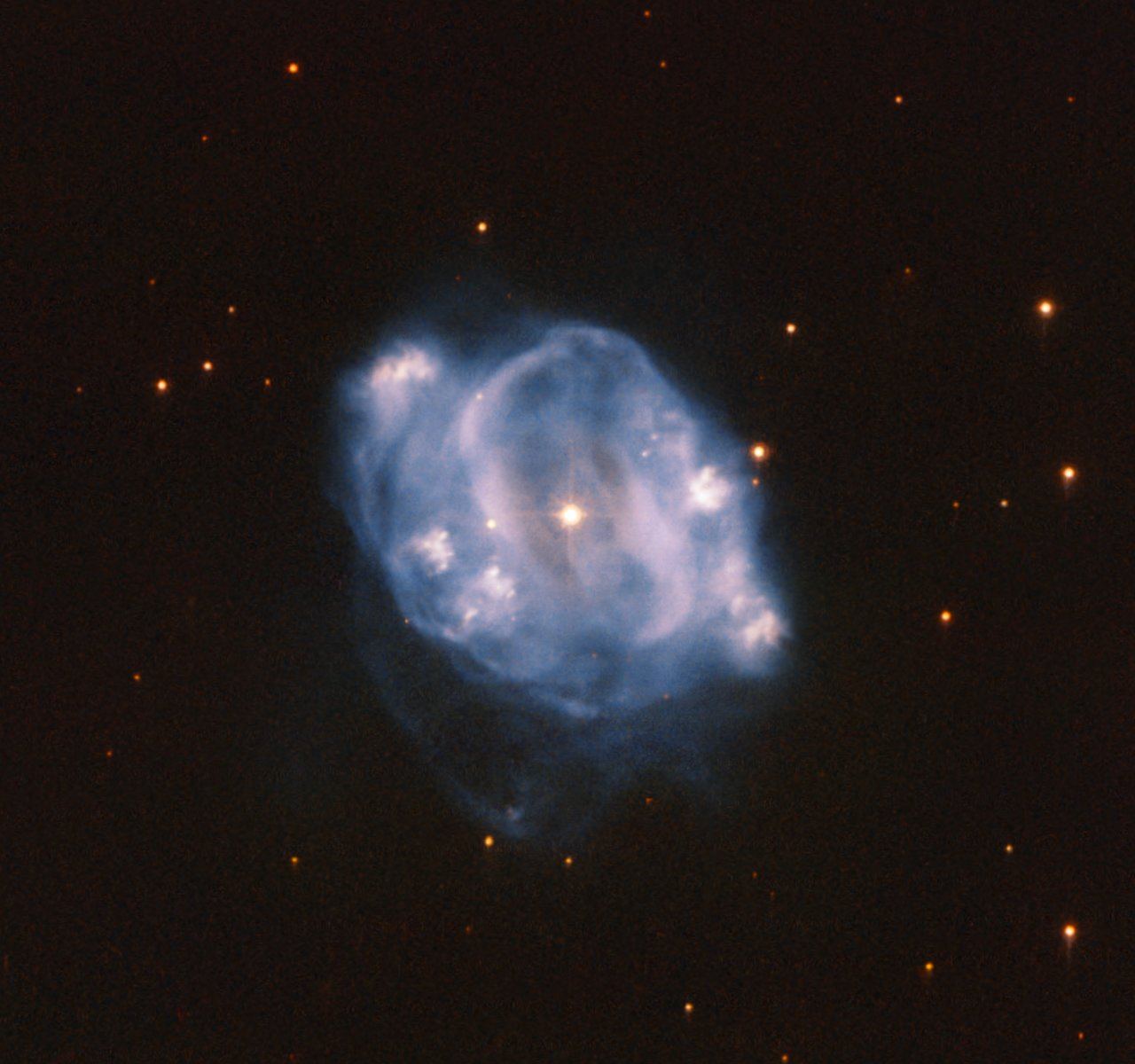
About 10,000 light years away, in the constellation Centaurus, is a planetary nebula called NGC 5307. A planetary nebula is the remnant of a star like our Sun, when it has reached what can be described as the end of its life. This Hubble image of NGC 5307 not only makes you wonder about the star’s past, it makes you ponder the future of our very own Sun.
Continue reading “This Star Has Reached the End of its Life”
